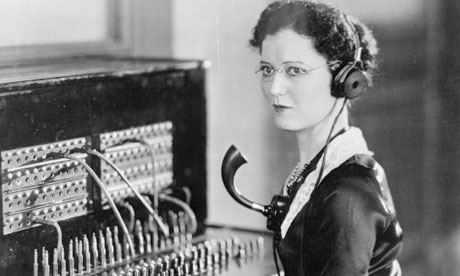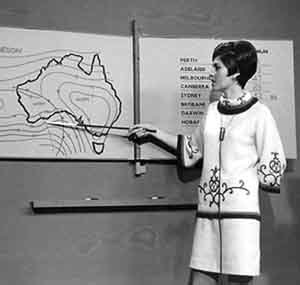I was told by a PSM that I boomed for before, that I was really good at it and should keep doing that in order to get on sets. I have tried a few times, but every call for film projects so far (usually documentaries are being shot here), they always say in the adds, that they want to someone who uses lavs.
I have always been happy with my boom mics for own projects, and never desired to get lavs, at least not at this time, or until I find a use for them. But every add I apply for says they want lavs, and will tell me they are not interested in boom mics.
One guy said okay we will give the boom a shot. So I start booming from person to person, but the director got distracted by it, and told me he cannot work with that boom swinging all over the place, and that it's too risky, that I could miss something. He then got lavs for the rest of the project later on.
So since everyone so far prefers lavs it seems, should I get that to look more professional, or to look like I am ready to go with what they need, should such opportunities, to volunteer for sets, arise?
Is it worth it? Thanks.
I have always been happy with my boom mics for own projects, and never desired to get lavs, at least not at this time, or until I find a use for them. But every add I apply for says they want lavs, and will tell me they are not interested in boom mics.
One guy said okay we will give the boom a shot. So I start booming from person to person, but the director got distracted by it, and told me he cannot work with that boom swinging all over the place, and that it's too risky, that I could miss something. He then got lavs for the rest of the project later on.
So since everyone so far prefers lavs it seems, should I get that to look more professional, or to look like I am ready to go with what they need, should such opportunities, to volunteer for sets, arise?
Is it worth it? Thanks.


 Alcove's description of "frigging moron" sums it up quite nicely, although personally I would have been less polite about it!
Alcove's description of "frigging moron" sums it up quite nicely, although personally I would have been less polite about it!
